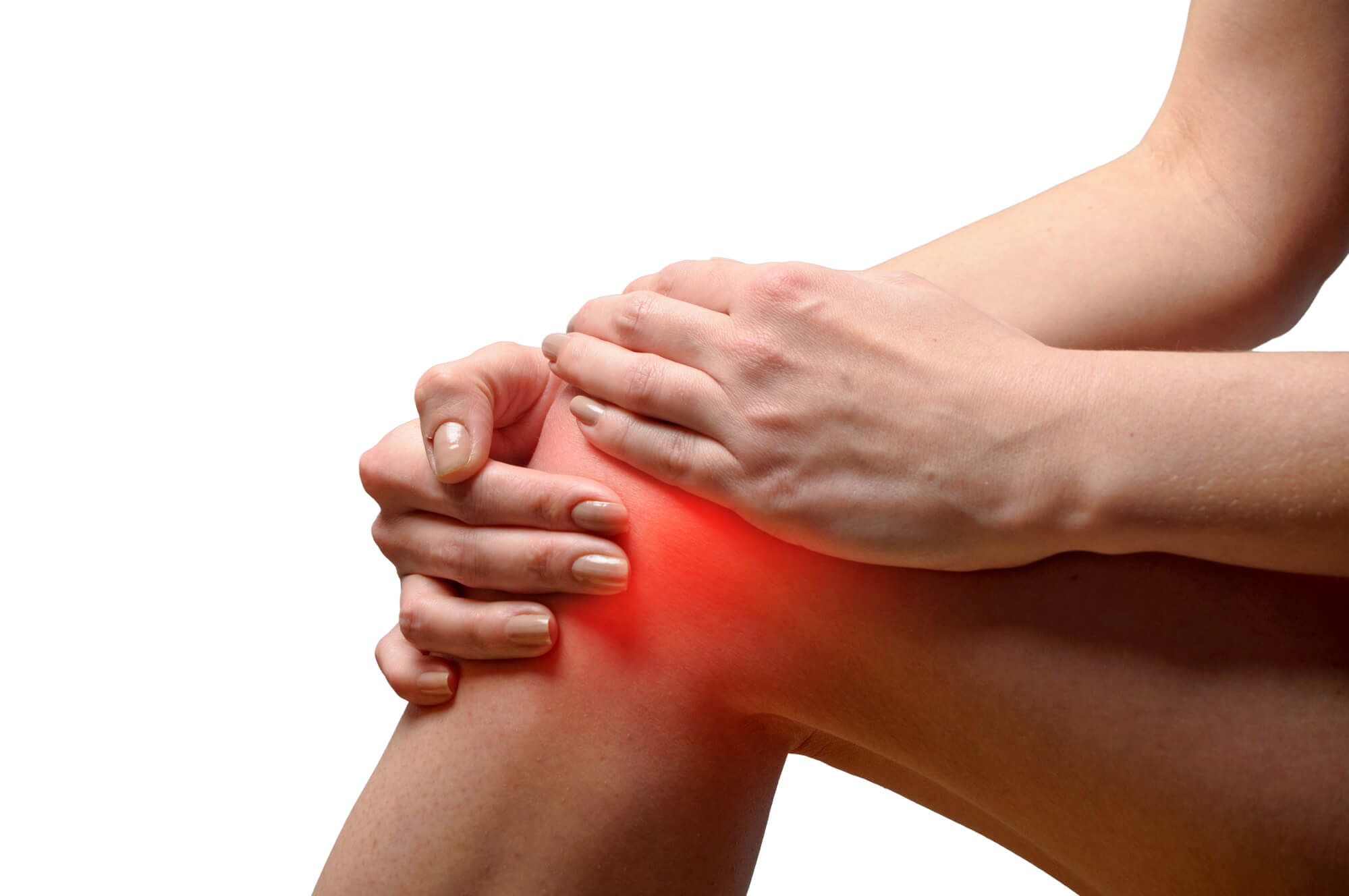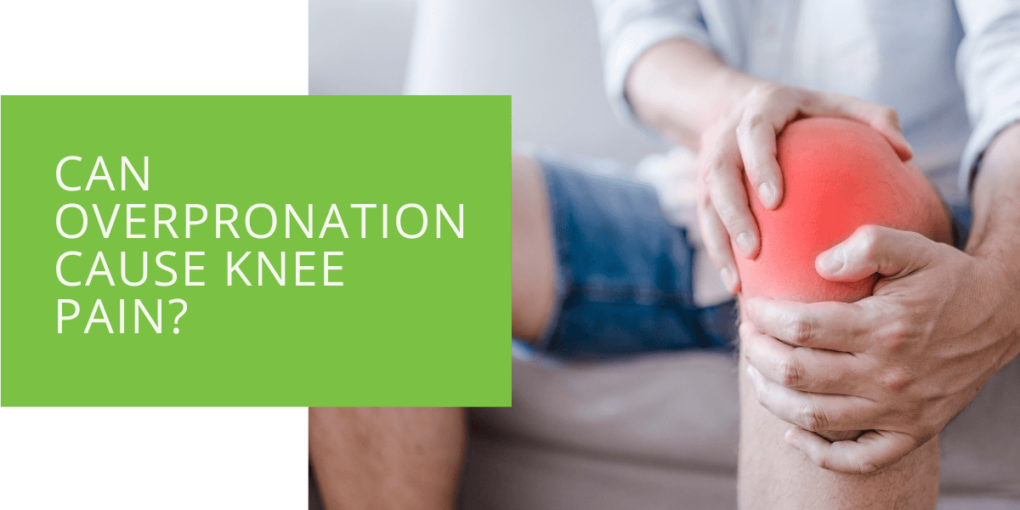Can Overpronation Cause Knee Pain?
Knee pain is a common complaint that can significantly impact daily activities and overall quality of life. One potential culprit behind knee pain is overpronation, an excessive inward rolling of the foot during the walking or running gait. This article will explore the relationship between overpronation and knee pain, how foot mechanics can affect the knee joint, and various treatment options available to alleviate discomfort and improve foot and knee health.
Understanding Overpronation
Overpronation occurs when the foot excessively rolls inward, causing the arch to flatten and the foot to rotate excessively. These abnormal foot mechanics can lead to an improper distribution of forces during walking or running, affecting the alignment and function of the entire lower leg, including the knee joint. People with flat feet or low arches are more prone to overpronation, as the lack of arch support can contribute to the inward rolling motion.
The Connection between Overpronation and Knee Pain
Overpronation can impact the knee joint in several ways, potentially leading to pain and discomfort:
- Altered Alignment: Overpronation disrupts the foot's natural alignment, causing the lower leg to rotate inward. This rotation can place additional stress on the knee joint, leading to pain and inflammation.
- Increased Strain on Tendons: Overpronation can put excessive strain on the Achilles tendon and the shin (tibialis posterior) tendon. This increased strain can contribute to pain and inflammation around the knee.
- Abnormal Forces on Knee Joint: The abnormal foot mechanics associated with overpronation can lead to uneven distribution of forces across the knee joint. This can result in excessive wear and tear on the joint surfaces, causing pain and discomfort.

Assessing Overpronation
A podiatrist or healthcare professional specializing in foot mechanics can diagnose overpronation through various methods, including:
- Visual Examination: Assessing the arch structure and foot posture while standing and walking.
- Gait Analysis: Observing the walking or running pattern to identify any abnormalities or excessive inward rolling of the foot.
- Biomechanical Assessment: Using advanced tools and techniques to evaluate the alignment and function of the foot and lower leg.
Treating Overpronation and Alleviating Knee Pain
Fortunately, there are several treatment options available to address overpronation and relieve knee pain:
- Orthotic Intervention: Custom-made orthotics or shoe inserts can support the arch and help control pronation. These devices are designed to correct foot mechanics, redistribute forces, and alleviate stress on the knee joint.
- Footwear Modifications: Wearing appropriate footwear is crucial for individuals with overpronation. Look for shoes with adequate arch support, stability features, and motion control to help control pronation and provide proper cushioning and shock absorption.
- Strengthening and Stretching Exercises: Specific exercises targeting the muscles in the feet, ankles, and legs can help improve foot stability, strengthen the arch, and alleviate knee pain. Stretching exercises can also help reduce muscle tightness and improve flexibility.
Additional Treatment Options
In addition to the primary treatment approaches mentioned above, other options may be considered based on individual circumstances and the severity of symptoms:
- Pain Management: Non-steroidal anti-inflammatory drugs (NSAIDs) or other pain-relieving medications may be recommended to alleviate knee pain and reduce inflammation.
- Physical Therapy: Working with a physical therapist can help address muscle imbalances, improve gait mechanics, and develop a comprehensive rehabilitation program. Physical therapy may include targeted exercises, manual therapy techniques, and modalities such as ultrasound or electrical stimulation to alleviate knee pain and restore proper biomechanics.
- Collaboration with Other Healthcare Professionals: In complex cases or when additional interventions are necessary, collaboration with other healthcare professionals such as orthopedic specialists or sports medicine practitioners may be beneficial. They can provide further insights and expertise to develop a holistic treatment plan.

Preventing Overpronation and Knee Pain
Prevention is key when managing overpronation and reducing the risk of knee pain. Consider the following preventive measures:
- Proper Footwear: Choose shoes with adequate arch support, stability features, and cushioning to support the foot and prevent excessive pronation. Consult with a footwear specialist or podiatrist to ensure you wear the right shoes for your foot type.
- Stretching and Strengthening: Incorporate regular stretching and strengthening exercises into your routine to maintain flexibility and strengthen the muscles that support the arch and stabilize the foot.
- Avoiding Overuse: Gradually increase the intensity and duration of physical activities to allow your body to adapt and avoid overuse injuries. Listen to your body and take rest days as needed.
- Regular Check-ups: Visit a podiatrist or healthcare professional specializing in foot health for regular check-ups and assessments. They can monitor your foot mechanics, identify any changes or issues, and provide guidance on maintaining optimal foot and knee health.
Conclusion
Overpronation can cause knee pain by altering the alignment, increasing strain on tendons, and affecting the forces on the knee joint. Understanding this relationship is crucial for effective management and prevention. If you experience knee pain or suspect overpronation, it is recommended to consult with a podiatrist or healthcare professional specializing in foot mechanics. They can provide a comprehensive evaluation, determine the underlying cause, and develop an individualized treatment plan tailored to your needs. Addressing overpronation and implementing appropriate interventions can alleviate knee pain, improve foot and knee health, and enhance your overall quality of life.
Remember, this article is for informational purposes only and should not replace professional medical advice. If you are experiencing persistent knee pain or have any concerns about your foot mechanics, consult a qualified healthcare professional for proper diagnosis and treatment.

